IVC Distensibility Index vs Collapsibility Index: Using the Correct Index
RebelEM
FEBRUARY 24, 2025
Well, the established cutoff for the distensibility index is 18%. 13 That is to say nothing of the effect that the type and response to shock has on the individual patients involved in these studies. Jul 2010; PMID: 20620859. Sep 2010; PMID: 20502865 Teboul JL, et al. Why does it matter? J Am Soc Echocardiogr.

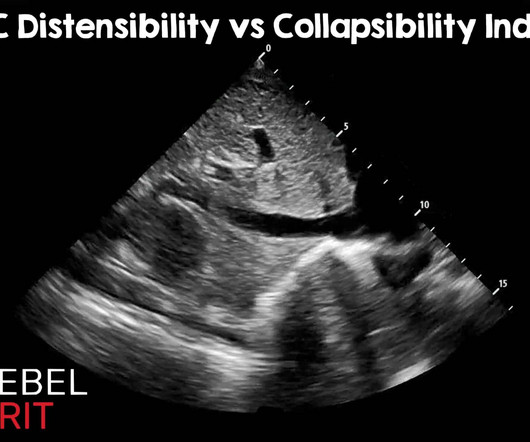



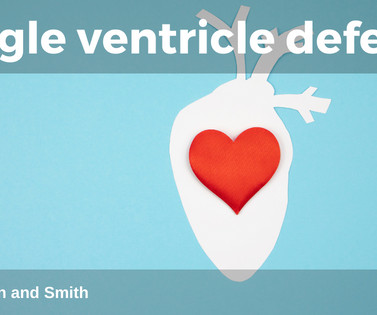





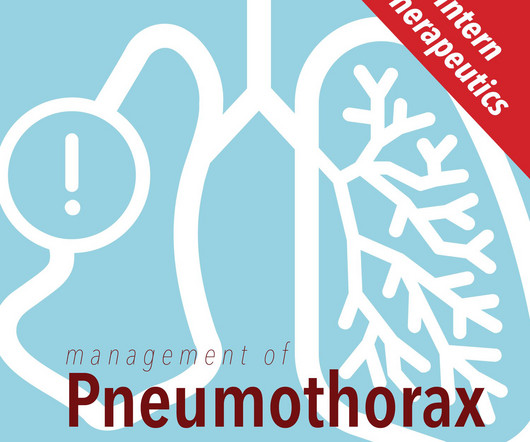

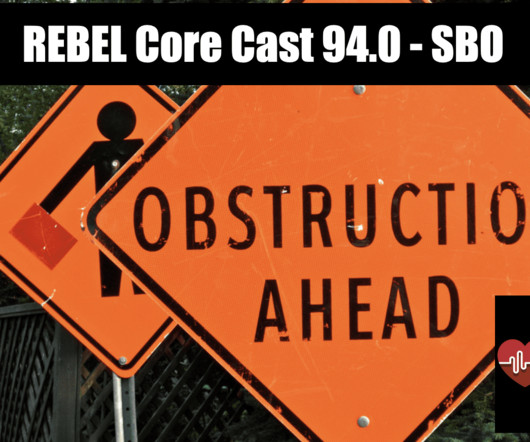








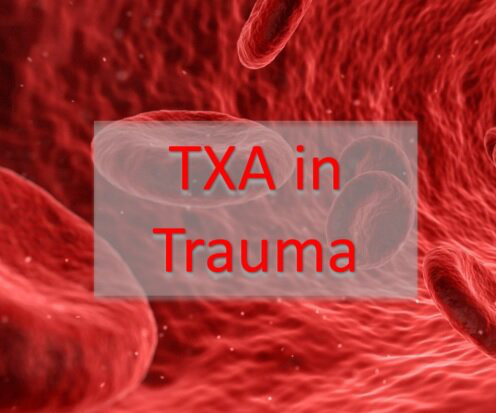
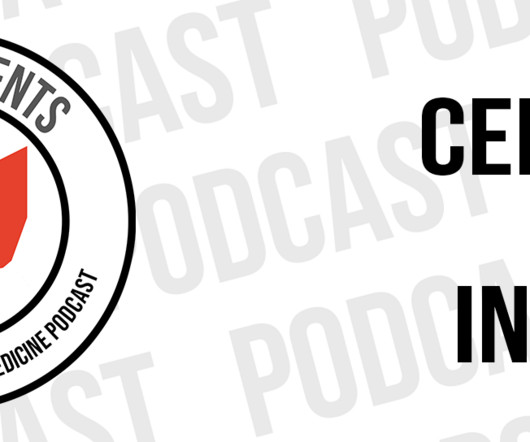













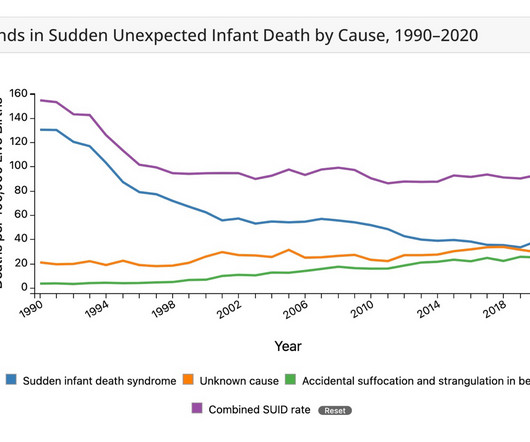
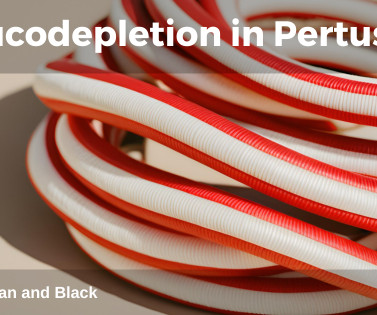









Let's personalize your content